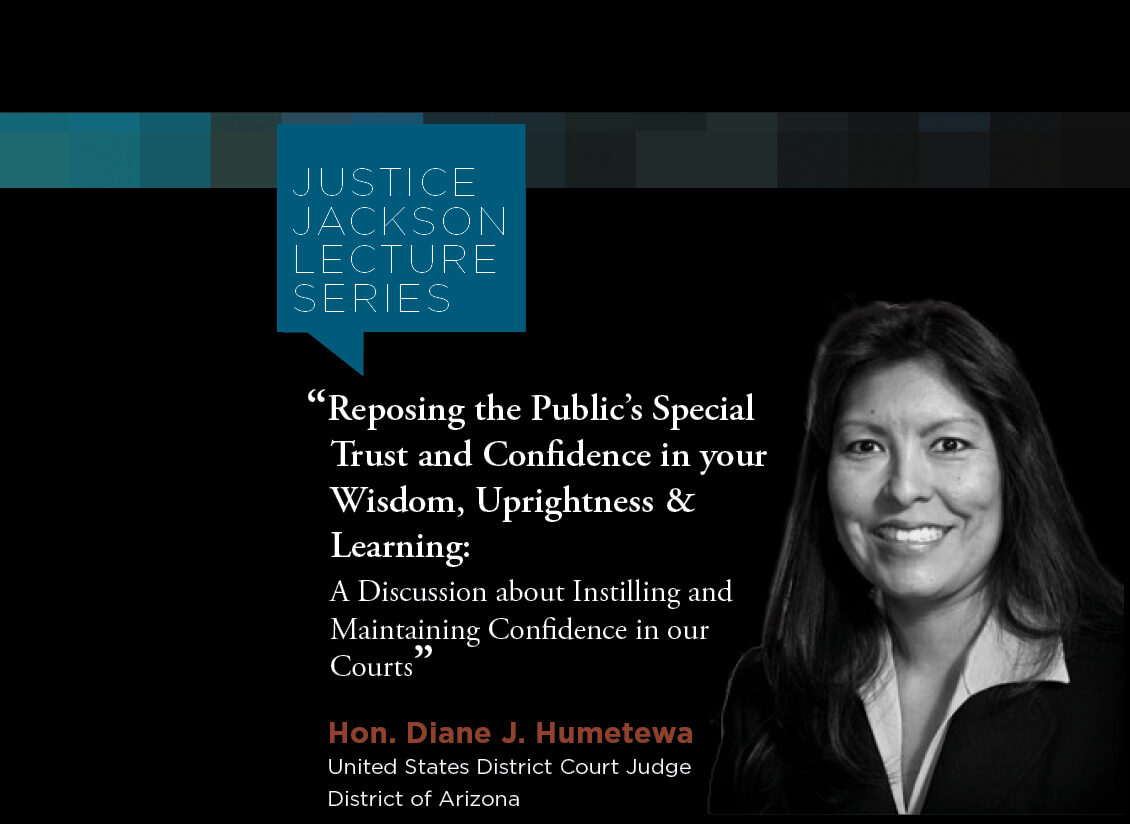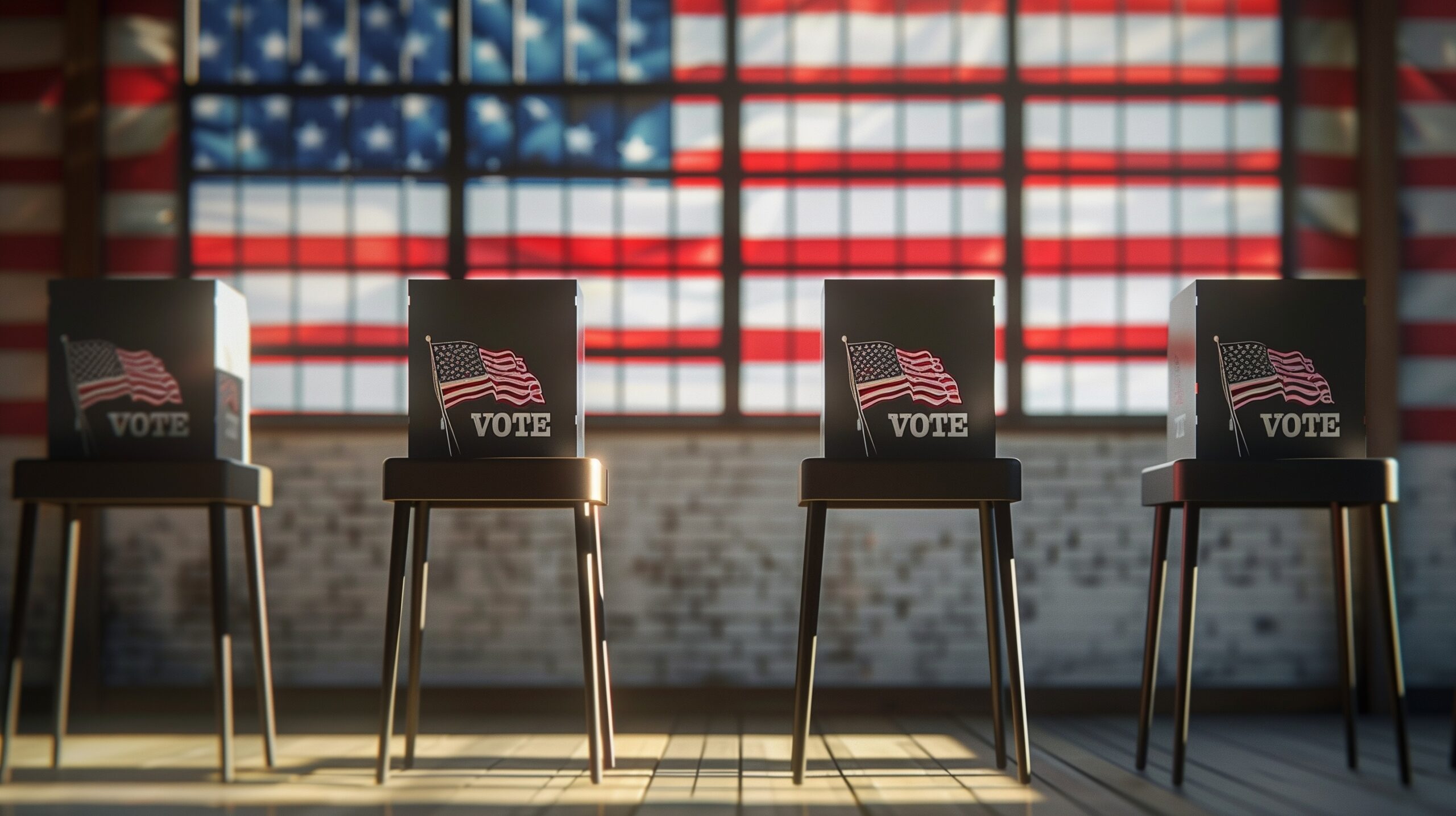
Labels are convenient, no doubt. Is that marinara sauce featured in the menu covering spaghetti, linguine or fettucine? Does your adolescent daughter want the walls of her room painted periwinkle blue or cerulean blue? (The difference matters greatly.) Grocery shopping would be much more complicated if we could not readily distinguish our baby kosher dills from our sweet gherkins.
As human beings, we are also given labels. The effects of labeling human beings have been studied since the 1930s. In a classic study,1 teachers were told that some of their students had scored in the top 20 percent on a test designed to identify impending intense intellectual development over the following year. The students actually had been randomly selected and had fared no better on the test that their unselected peers. A year later, the researchers returned to the school to find that the children who had been identified as brighter, but who had actually performed no better than their peers, now outperformed their unselected peers by 10 to 15 IQ points. By fostering the development of those who had been identified as smarter, the teachers produced a self-fulfilling prophecy in which the selected students did, in fact, surpass their peers intellectually.
Another classic study in 19832 showed similar effects. Some college students watched a video of a little girl named Hannah playing in a low-income housing district and were told Hannah’s parents were high school graduates with blue-collar jobs. Other students watched a video of Hannah playing in a middle-class neighborhood and were told her parents were college-educated professionals. Both groups then observed a video showing Hannah answering the same set of questions, in exactly the same way. When Hannah was labeled as “middle-class,” she was believed to be performing at around fifth-grade level; when she was labeled as poor, she was believed to be performing below a fourth-grade level—despite the fact that both groups observed identical videos of her performing academically.
The right to be tried by an impartial judge is a cornerstone of our justice system. As judges, we are not only tasked with being wholly impartial but also with avoiding any appearance of judicial bias. Judges may be disqualified from hearing a case whenever a reasonable, disinterested observer would think that the judge might be biased against a party. Consequently, judges have become increasingly diligent in identifying and combating both implicit and explicit biases. As members of the justice system, we certainly strive to fight discrimination based on gender, race, national origin, religion or sexual orientation. But these are not the only bases for bias or discrimination, which brings us back to labeling.
A simple illustration of the harm that can be caused by labeling has been provided to us by Warner Brothers. In one of their more memorable cartoons, a solid-black female feline crawls under a freshly painted white fence. Although she doesn’t realize it, she has been adorned with a broad white stripe from the top of her head to the tip of her tail. She is accustomed to being greeted warmly by human beings and cannot understand why they now cringe and flee whenever she approaches. Everyone seemingly scorns her. Everyone, that is, except Pepé Le Pew. Even Pepé, who is a genuine skunk, misidentifies her, labels her, as one of his own species.
Terms often used to describe people include nerd, bully, jerk, loser, snob, wimp, slacker, geek, punk and nutcase. The foregoing words are merely labels; they are not descriptions. People are complex, multifaceted beings. Labels do not help to communicate the complexity and multidimensionality of a person. They limit our understanding of that person to an assumption that may be baseless. When meeting someone, we often readily accept a label that has been ascribed to them by someone else without any evidence of the validity of that label. Labels may be a convenient shortcut to communicating an idea, but labels become stereotypes, and stereotypes lead to bias.
Imagine yourself on the bench, processing arraignments, when a woman approaches wearing a “Make America Great Again” T-shirt. In the split second it takes for you to observe that T-shirt, labels begin to accumulate in your mind. It doesn’t require conscious thought to produce them. Categorization based on split-second visual observations is a shortcutting tool the brain utilizes without conscious thought.3 The labels that might come to mind, in this instance, depend upon your own political point of view—your own political bias. If you perceive her political views to be like yours, the labels that come to mind might be “nationalist” or “independent-minded.” If you identify her views, based on the T-shirt she is wearing, to be unlike yours, the labels that come to mind might include “extremist,” “ideologue” or, worse yet, “homophobe,” “racist” or “misogynist.”
Once we attach a label to someone, it becomes definitive—it holds power. In antebellum America, because of the one-drop rule4, persons of mixed race who appeared to be white were labeled black even if they were seven-eighths European in ancestry. Identifying these persons as black had no basis in biology, but labeling and then categorizing these people as black commonly had disastrous economic, social and political effects.
The variations in human skin tone are virtually infinite, as we can see from some of the adjectives that have been used to describe complexion: pasty, tanned, ruddy, swarthy, rosy, sallow, peaches-and-cream, bronzed, olive, pallid, caramel, florid, fair, dusky, alabaster, café-au-lait, freckled, ebony, porcelain, mahogany, waxen and umber. Yet most of us are typically given one of two labels, both of which are inaccurate: black and white.
Our political points of view as a nation range from one end of the political spectrum to the other and, if plotted on a graph, would probably result in the normal distribution, a bell curve. However, the media have seemingly eliminated the majority of viewpoints situated in the midrange to focus on political extremes. They have reduced us to two woefully inadequate and undescriptive labels: red and blue. Politicians seem increasingly polarized, but it is debatable whether the American public is. Certainly, the application of the oversimplified “red” and “blue” labels does nothing to bring the public or politicians closer together.
Many, if not most, labels have some sort of negative connotation, some stigma, accompanying the label. Even labels as seemingly innocuous as “southern” have a negative connotation, according to a 2010 Stanford University study.5 The study revealed that southern-accented speakers were perceived by Stanford undergraduates to be less intelligent and less wealthy compared to those with a standard American accent. A more recent study6 indicated both northern and southern children displayed accent-based biases as early as age five, which led them to believe that people with northern accents are “smarter”’ and “in charge,” and people with southern accents are “nicer.”
Like it or not, subconscious categorization based on split-second visual observations is the way the brain functions. Once that categorization occurs, it is a universal and unswerving practice for humans to divide their social world into “us” and “them.”7 The variety of groups with which we identify and/or associate can be extensive and typically includes political affiliation. When a party appears before you wearing a “Make America Great Again” T-shirt or a “Dump Trump” T-shirt, it precipitates the belief that you share some essential characteristic with the party or that you oppose the party’s views. Regardless of whether you identify with their political point of view or vehemently disagree with it, the mere categorization of that individual, based on what you believe his or her political leanings to be, can lead to bias.
The judiciary has collectively acknowledged that implicit bias may exist with respect to gender, race, national origin, religion and sexual orientation. In this age of increasing political polarization, it is incumbent upon us to acknowledge that implicit bias may also exist with respect to political affiliation. We owe it to the parties and to the system to combat that bias just as much as we try to battle all the others.
If the political beliefs of a party appearing before you become known to you, get your mind off those labels that suddenly emerge unbidden. Human beings, in particular human beings appearing in court, should have only one label: their name. No other label is necessary. No other label is of value to the judge. To quote tennis star Martina Navratilova, “Labels are for filing. Labels are for clothing. Labels are not for people.” Consciously and conscientiously disregard categorizing by political affiliation when on the bench. Remember that unfortunate, paint-striped feline from the Warner Brothers cartoon and forget the labels.
- Carroll, J. B. (ed.) (1997) [1956]. Language, Thought and Reality: Selected Writings of Benjamin Lee Whorf. Cambridge, Mass.: Technology Press of Massachusetts Institute of Technology.
- Darley, J.M., Gross, P.H. (1983). A Hypothesis-Confirming Bias in Labeling Effects. Journal of Personality and Social Psychology, 44, 20-33.
- Freeman, Jonathan B. and Johnson, Kerri L. (2016). More Than Meets the Eye: Split-Second Social Perception. Trends in Cognitive Sciences, Vol. 20, Issue 5, 362-374.
- The “one drop rule” is a principle of racial classification asserting that any person with “one drop” of blood from a sub-Saharan-African ancestor is considered black or Negro.
- Phillips, T. (2010). Put Your Money Where Your Mouth Is: The Effects of Southern vs. Standard Accent on Perceptions of Speakers. Stanford Journal of Social Sciences, 53-57, http://web.stanford.edu/group/journal/cgi-bin/wordpress/wp-content/uploads/2012/09/Phillips_SocSci_2010.pdf
- Katherine D. Kinzler & Jasmine M. DeJesus (2012): Northern = smart and Southern = nice: The development of accent attitudes in the United States, The Quarterly Journal of Experimental Psychology, DOI:10.1080/17470218.2012.731695
- Brown, D. E. (1991). Human universals. New York, NY: McGraw-Hill.

Hon. Diane J. Humetewa, the first Native American woman and the first enrolled tribal member to serve as a ...

Retired Massachusetts Chief Justice Margaret H. Marshall has been selected as the 2024 winner of the presti...

Dear Gaveliers Fans: I am delighted to announce the appointment of our first Gaveliers coaches, profiled...

Fans, I could not be more proud of the work our players put in over the summer. The difference between h...

As the 2024 Election moves in to its final weeks, just over half of trial judges who responded to a survey ...